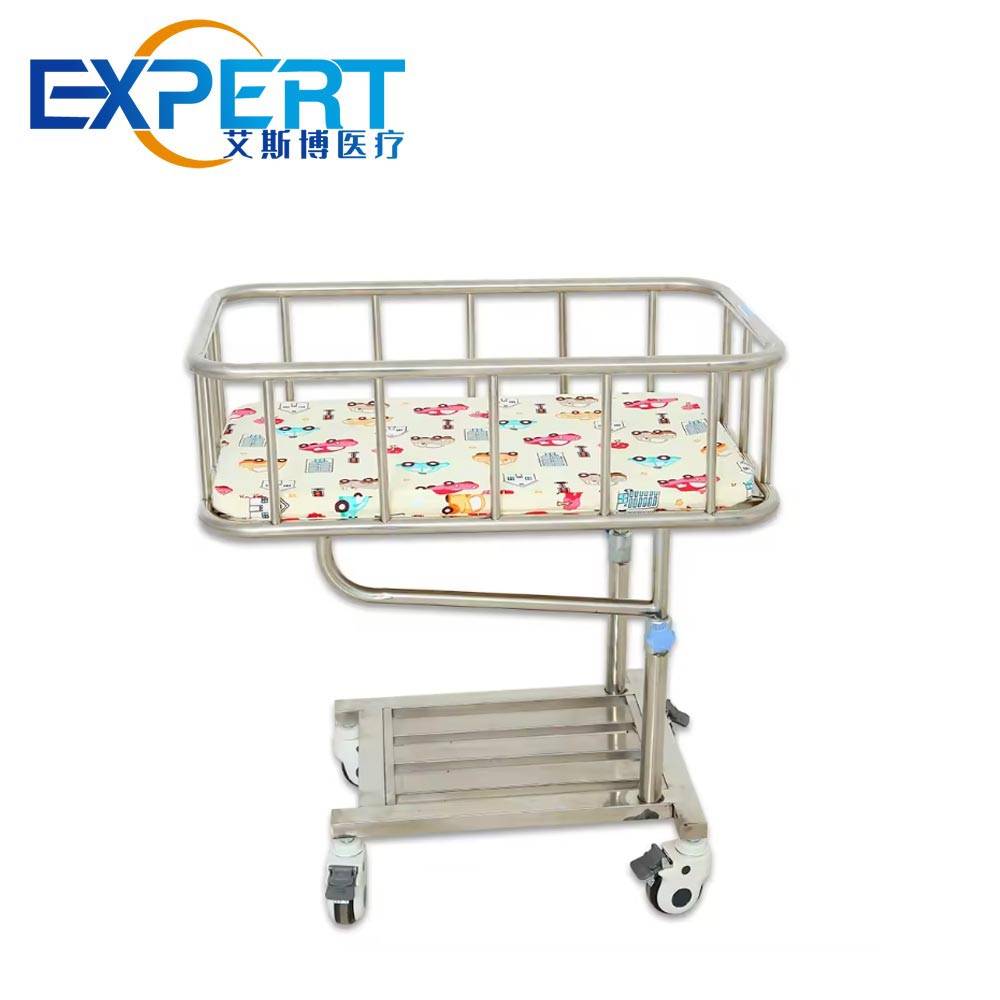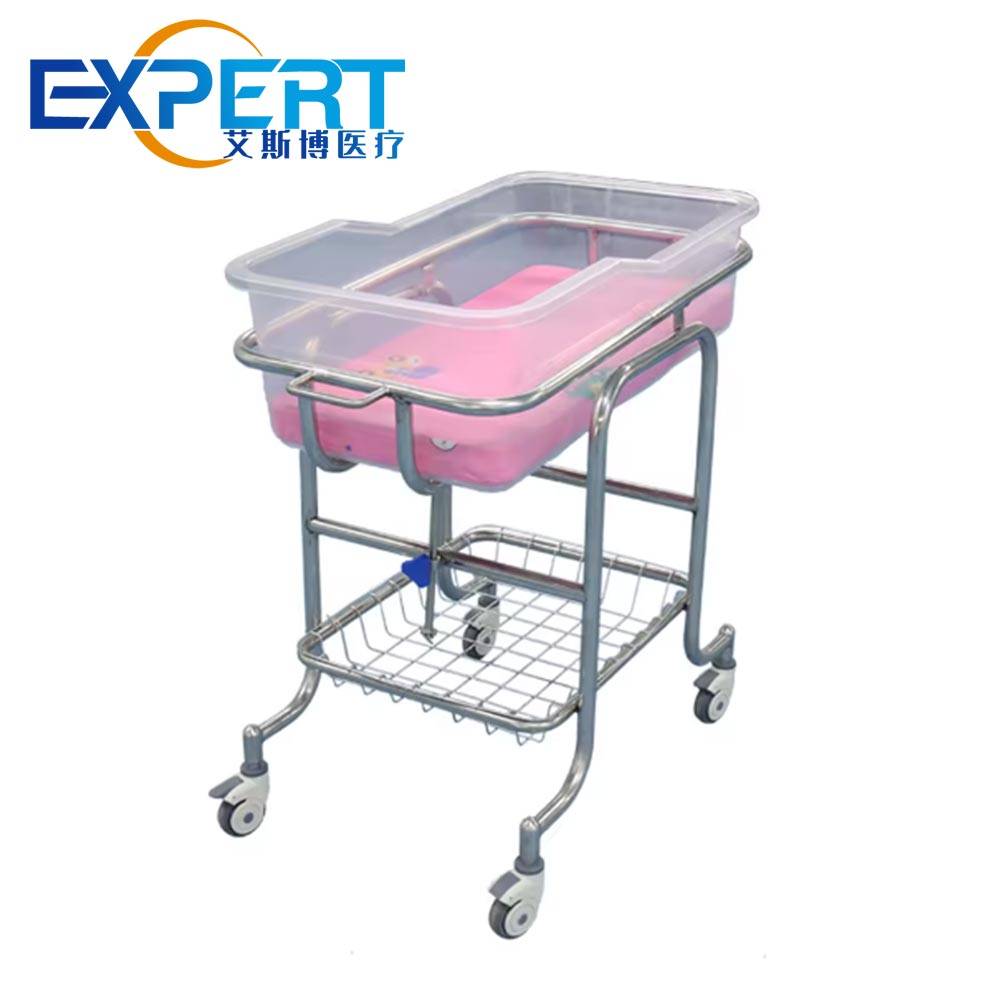Adresse
304, rue Cardinal Nord
Centre Dorchester, MA 02124
Heures de travail
Du lundi au vendredi : 7h - 19h
Week-end : 10h - 17h
Les lits pédiatriques sont un élément essentiel des établissements de soins pour enfants. Ils sont conçus pour offrir confort, sécurité et soutien pendant les interventions médicales, la convalescence et le repos. La conception de ces lits va au-delà de l'esthétique ; elle intègre des éléments qui favorisent la guérison et répondent aux besoins de développement des enfants.

La conception des lits pédiatriques est cruciale pour plusieurs raisons :
Sécurité:Les lits pédiatriques doivent être dotés de dispositifs de sécurité pour éviter les chutes et les blessures. Parmi les dispositifs de sécurité courants que l'on retrouve dans les lits pédiatriques, on trouve des barrières latérales surélevées, des alarmes de lit et des réglages de hauteur de lit bas. Ces dispositifs permettent de garantir que les enfants sont en sécurité et protégés lorsqu'ils se reposent ou dorment dans leur lit. De plus, des inspections et un entretien réguliers des lits pédiatriques sont essentiels pour garantir le bon fonctionnement de tous les dispositifs de sécurité.
Confort:Ils doivent être confortables pour assurer une bonne nuit de sommeil et favoriser le repos. Un bon matelas et des oreillers sont essentiels pour fournir le bon soutien et l'alignement de votre corps. Il est également important d'avoir une literie douce et respirante pour aider à réguler la température de votre corps et vous garder au chaud tout au long de la nuit. Investir dans des produits de qualité pour le sommeil peut faire une grande différence dans la qualité de votre sommeil et votre bien-être général.
Ajustabilité:Les lits doivent être réglables pour s'adapter aux différentes tailles et besoins des enfants. Les matelas doivent également être fabriqués à partir de matériaux de haute qualité pour offrir confort et soutien aux corps en pleine croissance. De plus, des dispositifs de sécurité tels que des barrières de sécurité et une construction robuste sont essentiels pour prévenir les accidents et les blessures. Dans l'ensemble, la création d'un environnement de sommeil polyvalent et sûr pour les enfants est essentielle à leur bien-être et à leur développement.
Considérations relatives au développement:La conception doit tenir compte des stades de développement des enfants. Elle doit également tenir compte des capacités cognitives, des limites physiques et des besoins émotionnels des enfants à différents âges. En comprenant ces stades de développement, les concepteurs peuvent créer des produits et des environnements attrayants, sûrs et favorables aux enfants à mesure qu'ils grandissent et apprennent. Il est important de donner la priorité aux fonctionnalités adaptées à l'âge, aux éléments interactifs et à la stimulation sensorielle pour améliorer l'expérience globale des enfants de tous âges.
Voici un tableau mettant en évidence certaines des caractéristiques clés que l’on retrouve généralement dans les lits pédiatriques :
| Caractéristique | La description |
|---|---|
| Rails de sécurité | Pour empêcher les enfants de tomber du lit. |
| Hauteur réglable | Pour s'adapter à la taille des soignants et aux besoins de l'enfant. |
| Design ergonomique | Pour offrir soutien et confort, réduisant ainsi le risque d’escarres et d’inconfort. |
| Balance intégrée | Pour une surveillance facile du poids de l'enfant sans avoir besoin de le transférer. |
| Systèmes de divertissement | Pour divertir l’enfant et le distraire de tout inconfort ou de toute peur. |
| Surfaces faciles à nettoyer | Pour faciliter l'hygiène et réduire les risques d'infection. |

Pour assurer le confort et la sécurité, les lits pédiatriques doivent :
Soyez adapté à l'âge:Le lit doit être adapté à l'âge et à la taille de l'enfant. Il doit également être solide et sûr pour éviter tout accident ou blessure. De plus, le lit doit être confortable pour assurer une bonne nuit de sommeil à l'enfant.
Soyez facile à nettoyer:Les surfaces doivent être non poreuses et faciles à désinfecter. De plus, il est important que les matériaux utilisés soient durables et résistants à l'usure pour assurer la longévité et maintenir un niveau de propreté élevé.
Avoir des fonctionnalités de sécurité sécurisées:Les barrières et sangles de sécurité doivent être sûres et faciles à utiliser. Elles doivent également être régulièrement inspectées et entretenues pour garantir leur efficacité dans la prévention des accidents. Il est important que tous les utilisateurs soient correctement formés à l'utilisation correcte des équipements de sécurité afin de minimiser les risques de blessures. Des audits de sécurité réguliers doivent être effectués pour identifier les dangers potentiels et les traiter rapidement. N'oubliez pas que la sécurité est la responsabilité de tous.
Soyez ajustable:Le lit doit être réglable pour s'adapter à la croissance de l'enfant et aux besoins de la personne qui s'occupe de l'enfant. Les fonctions réglables doivent inclure la possibilité d'élever ou d'abaisser la hauteur du lit, ainsi que des options pour changer l'angle de la tête et du pied du lit. Cela permettra à l'enfant et à la personne qui s'occupe de l'enfant de trouver une position confortable et sûre pour dormir, se reposer ou recevoir des soins. De plus, le lit doit être robuste et durable pour résister aux exigences d'une utilisation quotidienne et fournir un système de soutien fiable à l'enfant.
Les lits pédiatriques jouent un rôle essentiel pour offrir un environnement confortable et sûr aux jeunes patients. La conception de ces lits est soigneusement étudiée pour répondre aux besoins uniques des enfants. En comprenant l'importance de ces caractéristiques, les établissements de santé peuvent s'assurer qu'ils fournissent les meilleurs soins possibles à leurs jeunes patients.
Quelles sont les caractéristiques les plus importantes d’un lit pédiatrique ?
À quelle fréquence faut-il remplacer les lits pédiatriques ?
Les lits pédiatriques peuvent-ils être personnalisés ?
Quel est le rôle des systèmes de divertissement dans les lits pédiatriques ?
Comment les lits pédiatriques contribuent-ils au processus de guérison ?
